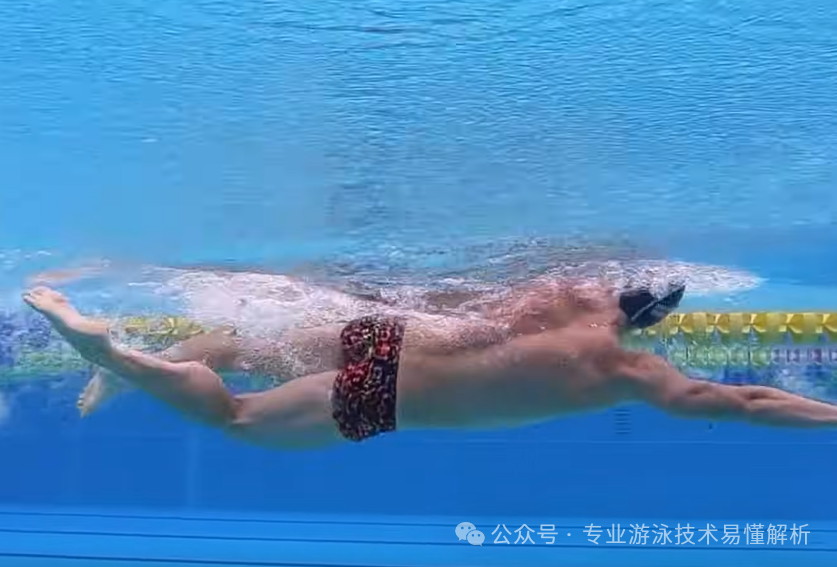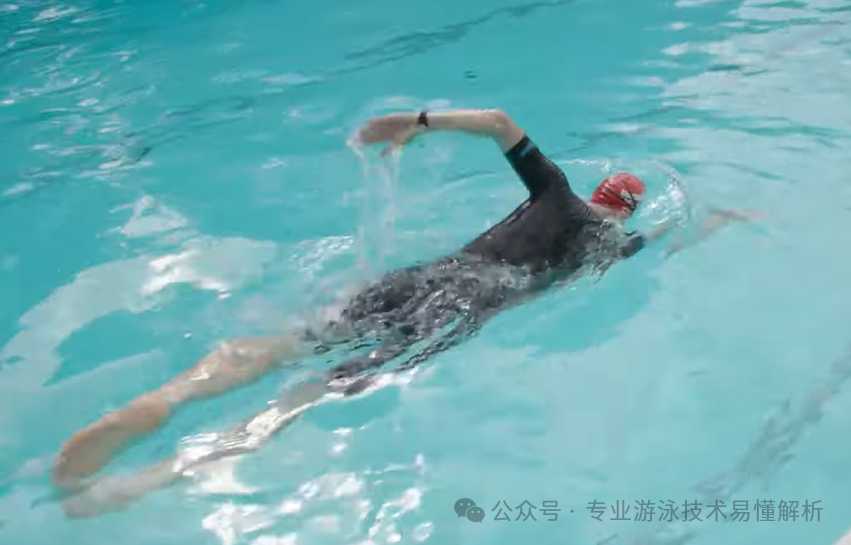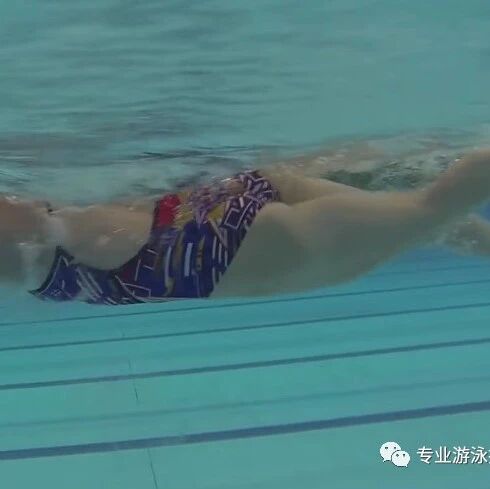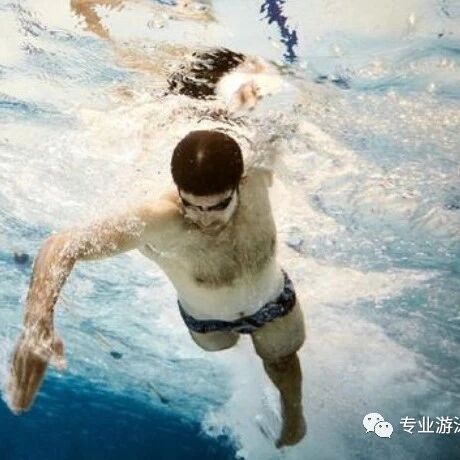Understanding the sequence of three key movements can instantly boost your freestyle swimming skills.
•6 min read




Related Articles

Swimming
What should you do if your legs keep kicking involuntarily while swimming freestyle? The root cause is often applying too much force when kicking.

Swimming
Keep your elbows high, but release the pressure as needed—don’t let high elbows turn into dragging ones, and avoid letting them become mere empty gestures.

Swimming